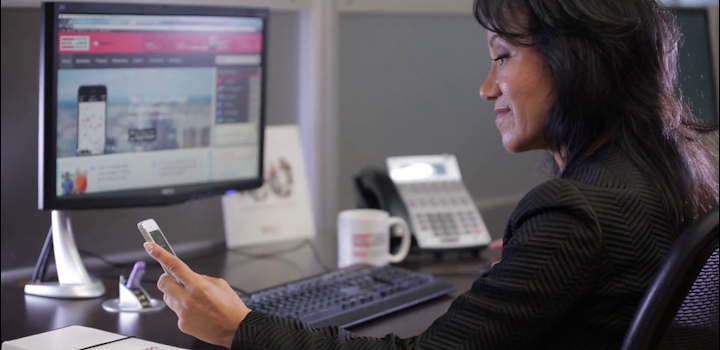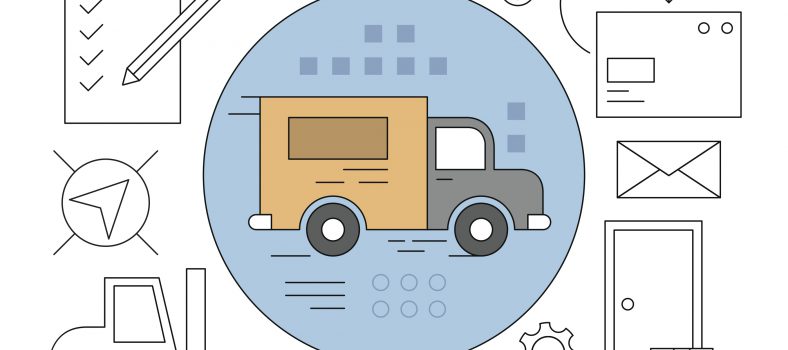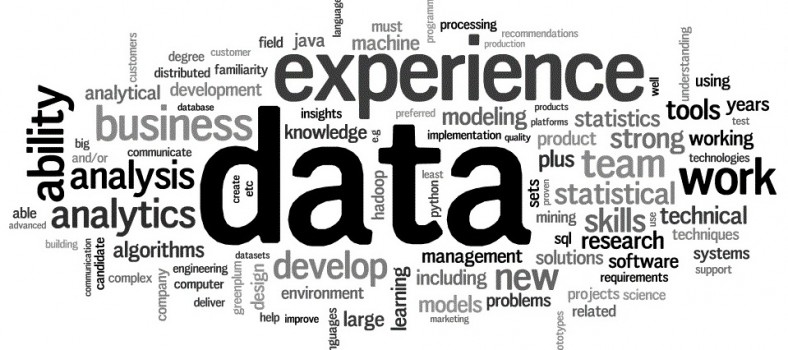The CEOs read the news. Your company is falling way behind and it’s all because Amazon is much more customer centric. So out goes a memo telling everyone to be more customer focused and HR sets up a compulsory training class. Does that echo something you’ve seen?
Of course, it doesn’t make any noticeable difference. A new CEO is hired to really move company thinking and she understands that this requires a huge cultural change. Many employees don’t know what a customer is (I can attest to that from experience at large corporations) and the idea of being “centric” goes right over their heads. A conversion to customer centricity requires senior-level dedication and an organized plan.
Unsurprisingly, that plan has a heavy IT element. Knowing what makes each customer motivated to buy and making it easy to close the deal are important facets of the new approach. Another key aspect is responding to competition and market trends rapidly. These are summed up by the term agility.
The first problem facing many older organizations is the legacy app set that runs the business. A surprising number of older, established companies have COBOL or early UNIX apps running their business core, with accretions of modern tools and APIs such a .NET. These IT solutions work well enough, but they are like a building that has had layers of buttresses added to hold it together. Any change requires a lot of testing and takes forever. That’s anything but agile!
At this point the head of software announces that any move to a data-driven customer-centric solution will take years and billions and is very risky. Now this has happened in IT every time the issue of a new approach has come up, so whenever a major change was needed it got shelved!
The answer is lateral thinking. I would look to Software-as-a-Service for alternatives. If someone else has figured out a solution to your problem, why not use it? The immediate complaint is that the SaaS approach doesn’t match how you do things, but take that with a large pinch of salt. Often, your procedures date back to the Stone Age and a good shake out will help agility to no end. Yes, change has costs and risks, but not changing is a doomsday scenario.
Another option is to buy an app, rather than rent it. I’ve found the hidden costs of the new app always will increase five-year TCO past the SaaS approach. The biggest error of buying a package is that you will want to customize it to your processes. This is often a fatal mistake—just ask the British Government, whose IT updates often remind me of Fawlty Towers episodes.
The good news is that a SaaS solution usually allows easy access to the data behind it, while often coupling out to add-on services. Take retailing as an example. ERP-CRM ties are standard and many packages handle both. In addition, APIs to other recognized programs are provided, so creating a mashup is common.
If you write you own app, you can get to the same position, but it’s more work. There are pre-canned modules for doing this that can be loaded from online libraries, though care has to be taken that the source is secure and free of malware.
In the end, migration of legacy apps by rewriting might be the only viable alternative, but the most painful and risky. The “modern” way to do this is a micro-services approach where the rewrite is broken down into tightly definable functions that can be interfaced to the existing app, proceeding through all the services until a modern, cloud-ready app is the result.
As all of this happens, the importance of data and data management increases. Most of what you know about the customer is in that data, so part of any customer-centric plan is to milk it for all it is worth and so to anticipate need, improve interest in your product and to close a deal. This is the kernel of an idea—to mine the salient data for trends and pointers.
Going one step further, it is possible to gather much more data on a customer, both as background and as real-time pointers. Background data includes demographics, credit status, employment and net worth, among other things, and comes from sources such as Experian and Equifax. Criminal records might be important as an indicator of trustworthiness and past purchases are an indicator of future interest—most retailers consider that very proprietary.
Recently, we’ve started adding sensor data to the pool. Sometimes called the Internet of Things, the general idea is that if we add sensors we can learn hidden details about operational patterns. An example might be an elevator company logging all the usage data and analyzing it to figure out better preventive maintenance or to detect if an elevator is full and not stop at every floor.
In retailing, click-data (what web pages are selected) is a common pointer to buyer’s interests, but this can be extended to include eye tracking, mouse-overs and the amount of time the cursor is in one position. The same is true in bricks and mortar stores, where cameras can show what you are interested in. In both cases, instant feedback is possible, augmenting sales.
To munch all that data, with a lot of it “real-time,” requires a computer approach with a lot of horsepower. Fortunately, the architecture of computers is rising to the task, with in-memory databases and GPUs boosting the ability to crunch all that new data almost as soon as it is created. The third leg is SSD storage, which makes possible storing and accessing data very rapidly. The resulting Big Data analytics is making retailers, financial companies, brokers and logistics firm all much more agile.
Analytics is not for the faint of heart, though. There are staffing issues with needs in psychology and parallel processing high on the list. An alternative is to rent services that range from providing complete tool kits to offering digested data from either your own data streams or from digested industry data. Cloud providers like Google, and AWS are entering this area of Analytics-as-a-Service and Google is taking things further into machine learning and artificial intelligence. IBM has Watson online, handling complex searches in several areas including healthcare.
With mobile apps gathering all sorts of data on their users, the flow of “IoT” is turning into a torrent. The faster you process that data, the faster you can monetize it. Be agile or die!
This article originally appeared in the October 2017 issue of Direct Marketing.




No Comment